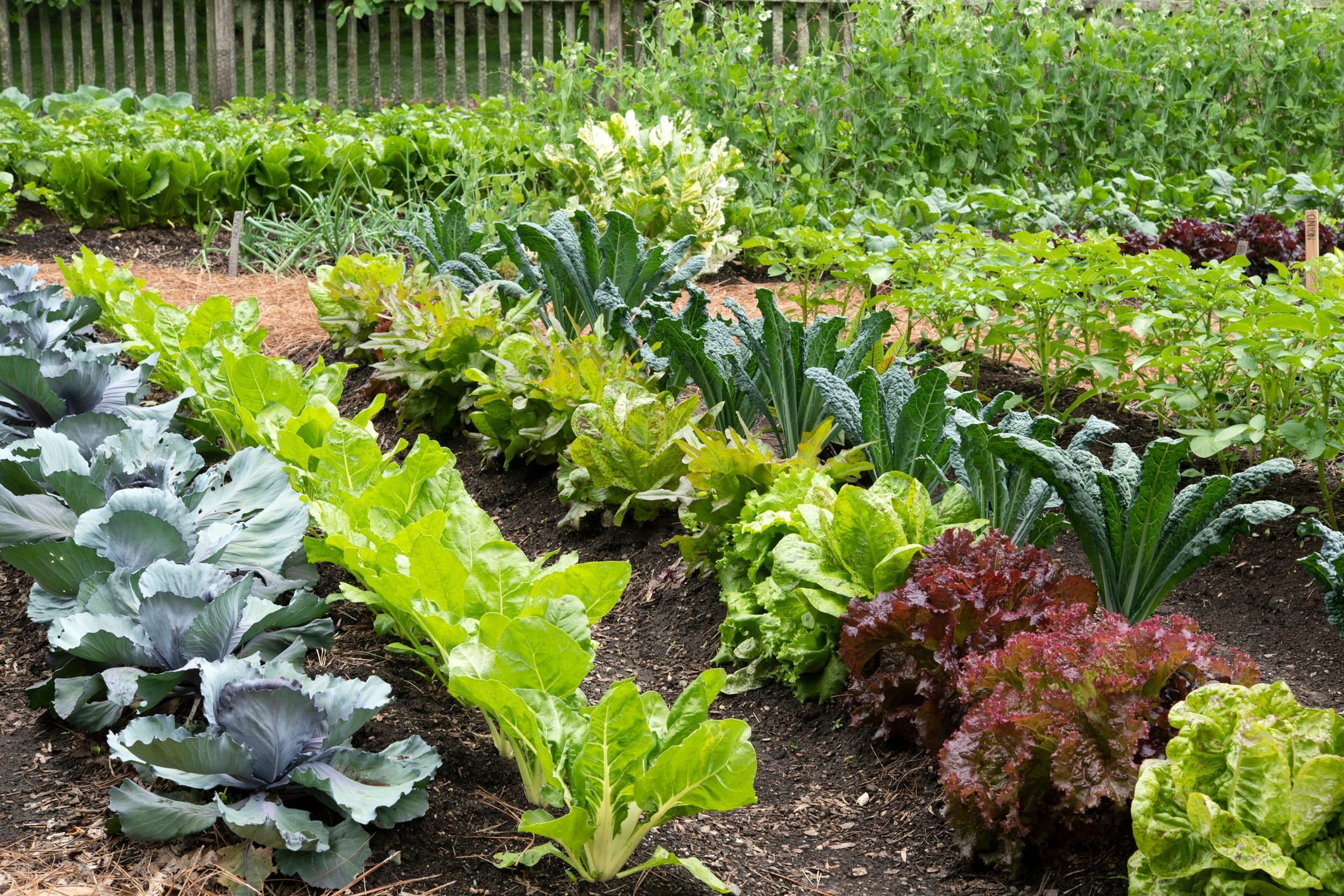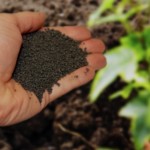Maintaining a thriving vegetable garden requires careful attention to various factors, and one of the most critical aspects is proper watering. In this comprehensive guide, we’ll explore the art of watering vegetable gardens, ensuring your plants receive the hydration they need for optimal growth and abundant harvests. Whether you’re a seasoned gardener or just starting out, these techniques and tips will help you master the art of watering and contribute to the success of your vegetable garden.
1. The Importance of Proper Watering:
Water is a lifeline for plants, delivering essential nutrients and minerals to their roots. Proper watering ensures that your vegetable plants can absorb nutrients effectively, support photosynthesis, and develop strong root systems. Insufficient or excessive watering can lead to stunted growth, poor yields, and susceptibility to diseases.
2. When to Water Your Vegetable Garden:
The timing of watering is crucial. Water your garden during the early morning or late afternoon when temperatures are cooler, reducing water loss due to evaporation. Avoid watering during the heat of the day to prevent stress on plants.
3. Best Watering Techniques:
- Soaker Hoses: Lay soaker hoses along the base of plants to provide a slow, steady flow of water directly to the roots.
- Drip Irrigation: Drip systems deliver water directly to the soil surface, minimizing water wastage and reducing weed growth.
- Mulching: Apply a layer of organic mulch around plants to retain soil moisture, regulate temperature, and discourage weed growth.
4. Watering Tools and Equipment:
- Watering Cans: Ideal for small gardens or individual plants, providing targeted watering.
- Hose with Nozzle: A versatile option for larger gardens, adjustable nozzles allow you to control water flow.
- Sprinklers: Suitable for widespread coverage, choose oscillating or rotary sprinklers for uniform watering.
- Drip Irrigation Kits: Provides precise watering to individual plants or rows, conserving water.
5. Monitoring Soil Moisture:
Regularly check soil moisture levels by inserting your finger into the soil or using a moisture meter. Aim for consistent moisture, not soggy or bone-dry conditions.
6. Watering Frequency and Duration:
The frequency of watering depends on factors such as soil type, weather conditions, and plant requirements. As a general guideline, provide about 1 inch of water per week, either through rainfall or irrigation.
7. Common Watering Mistakes to Avoid:
- Overwatering: Excessive water can suffocate roots and promote disease.
- Underwatering: Insufficient water can stress plants and hinder growth.
- Leaf Watering: Watering foliage increases the risk of fungal diseases.
- Inconsistent Watering: Irregular watering can lead to uneven growth and fruit development.
8. Drought-Resistant Vegetables:
Consider planting drought-resistant vegetables such as tomatoes, peppers, and zucchini, which require less frequent watering while still producing bountiful yields.
9. FAQ: Your Top Watering Questions Answered:
Q1. How often should I water my vegetable garden? A1. The frequency of watering depends on factors like weather, soil type, and plant needs. Generally, aim for 1 inch of water per week, provided either through rainfall or irrigation.
Q2. Can I water my vegetable garden in the evening? A2. It’s best to water in the early morning or late afternoon to reduce evaporation and allow foliage to dry before nighttime, which helps prevent fungal diseases.
Q3. Is it better to water deeply or frequently? A3. Deep, infrequent watering encourages deeper root growth and resilience. Shallow, frequent watering can lead to shallow roots and weaker plants.
Q4. How can I tell if my plants need water? A4. Check soil moisture by inserting your finger into the soil. If it feels dry an inch below the surface, it’s time to water.
Conclusion:
Watering your vegetable garden is a skill that can significantly impact the health and productivity of your plants. By understanding the principles of proper watering, selecting the right techniques, and staying attentive to your garden’s needs, you’ll be well-equipped to nurture a vibrant and fruitful vegetable garden throughout the growing season. With these guidelines in hand, you’re ready to embark on a journey to cultivating a thriving oasis of homegrown produce.






